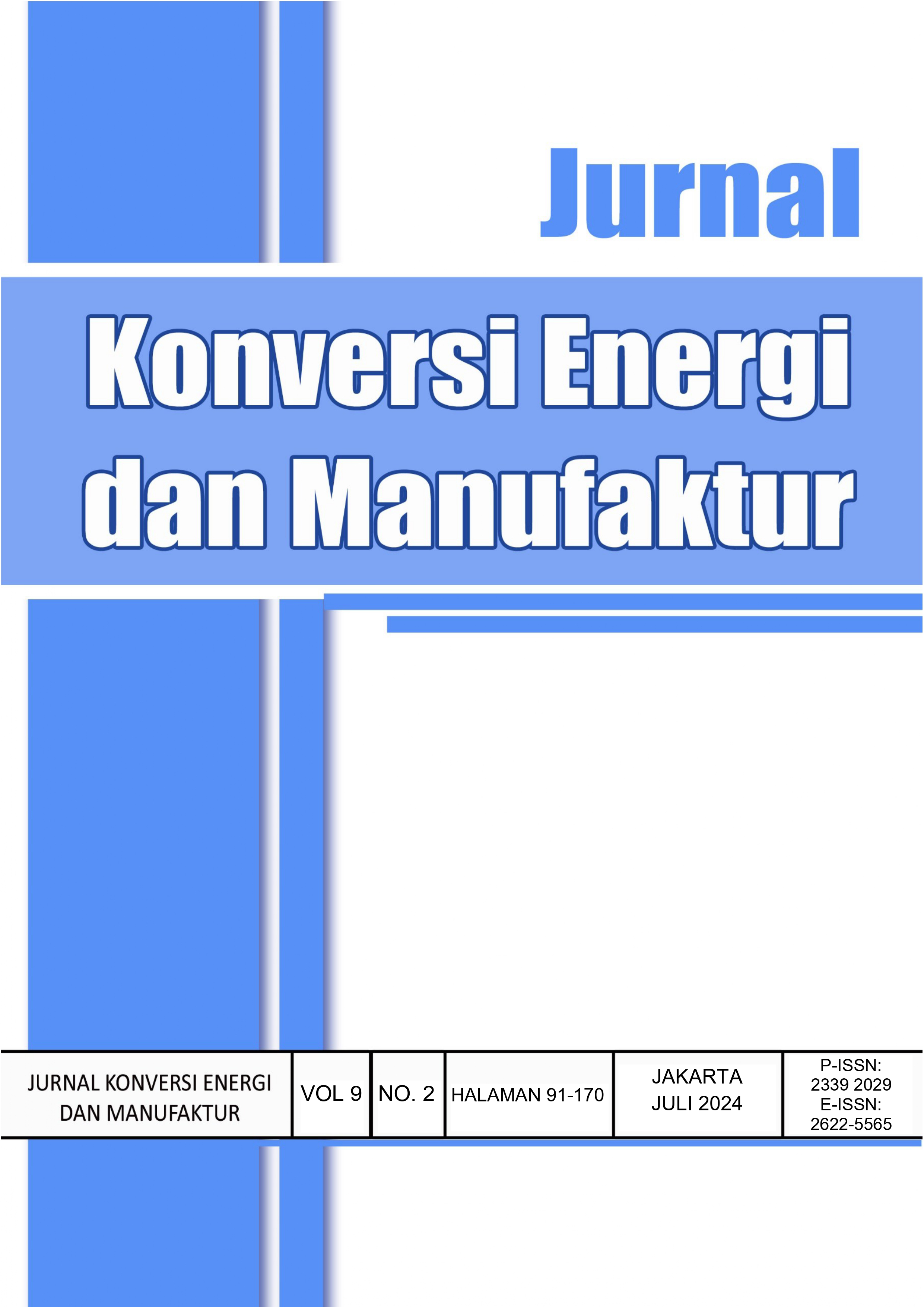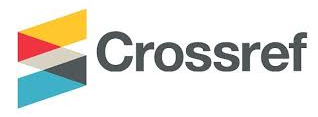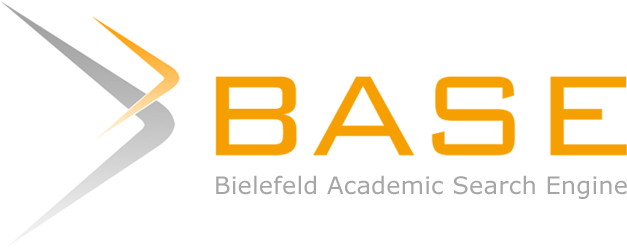PENGARUH VARIASI KUAT ARUS SMAW TERHADAP SIFAT MEKANIK BAJA AISI 1045
SMAW Current Variations Effect on Mechanical Properties of AISI 1045 Steel
DOI:
https://doi.org/10.21009/JKEM.9.2.8Keywords:
Welding, Current Strength, Tensile Strength, Vickers HardnessAbstract
This study discusses the effect of variations in the parameters of the welding process on the tensile strength and Vickers hardness tests. In general, it is widely known that in the fabrication process, welding is a very important process that is used to join two or more materials. The welding process is carried out with variations in the strength of the welding current, namely 75, 85, and 95 A. The experimental method used in this research is AISI 1045 steel material with a thickness of 6.0 mm. The results of the tensile strength test have the highest value at a current strength of 75 A which is equal to 756.642 MPa. The lowest tensile strength test results were obtained with a tensile strength of 687.608 MPa at a current strength of 95 A. specimens with variations in current strength of 95 A have the highest value in the Vickers hardness test, with a hardness value of 281.25 HV. From the research conducted it is known that as the welding current increases there is a decrease in the value of the tensile strength. The hardness value in the heat affected zone (HAZ) area of all test specimens has the highest value, while the hardness value of weld metal (WM) and base metal (BM) has almost the same hardness value.
References
[2] G. D. Haryadi, A. F. Utomo, and I. M. W. Ekaputra, “Pengaruh Variasi Temperatur Quenching dan Media Pendingin Terhadap Tingkat Kekerasan Baja AISI 1045,” J. Rekayasa Mesin, vol. 16, no. 2, p. 255, 2021, doi: 10.32497/jrm.v16i2.2633.
[3] Tarkono, G. P. Siahaan, and Zulhanif, “Studi Penggunaan Jenis Elektroda Las yang Berbeda Terhadap Sifat Mekanik Pengelasan SMAW Baja AISI 1045,” J. Mech., vol. 3, no. 2, pp. 51–62, 2012.
[4] R. Pagare, D. Awati, S. Mane, V. Teli, and A. Bhandare, “Investigating the Effects of Welding Parameters on Mild Steel by SMAW Technique,” IOP Conf. Ser. Mater. Sci. Eng., vol. 998, no. 1, 2020, doi: 10.1088/1757-899X/998/1/012052.
[5] T. O. D. Setiawan, Sutrimo, G. Nugraha, H. M. Ardi, “Analisis Sifat Mekanik Baja Karbon ST 37 Terhadap Variasi Kuat Arus dan Sudut Kampuh SMAW,” J. Politek. Caltex Riau, vol. 9, no. 1, pp. 1–10, 2023.
[6] I. P. Agustina, I. N. Budiarsa, and I. G. N. N. Santhiarsa, “Optimasi Pengaruh Parameter Terhadap Sifat Mekanis pada Sambungan Similar Baja Tahan Karat AISI 304,” J. METTEK, vol. 8, no. 1, p. 59, 2022, doi: 10.24843/mettek.2022.v08.i01.p08.
[7] T. Okviyanto, D. Setiawan, G. Nugraha, Sutrimo, D. Muliastri “Analisis Struktur Mikro Terhadap Hasil Ekperimental Sambungan Las SMAW Pada Baja Karbon ST 37,” Mach. J. Teknol. Terap., vol. 4, no. 2, pp. 82–90, 2023.
[8] Tarkono and A. Sugiyanto, “Studi Kekuatan Sambungan Las Baja AISI 1045 dengan Berbagai Metode Posisi Pengelasan,” J. Mech., vol. 1, no. 1, pp. 43–53, 2010.
[9] Sukarman et al., “Optimization of Tensile-shear Strength in The Dissimilar Joint of Zn-coated Steel and low Carbon Steel,” Automot. Exp., vol. 3, no. 3, pp. 115–125, 2020, doi: 10.31603/ae.v3i3.4053.
[10] A. R. Sayed et al., “Mechanical and microstructural Testing of C-45 Material Welded by Using SMAW and GMAW Process,” Mater. Today Proc., vol. 38, pp. 223–228, 2021, doi: 10.1016/j.matpr.2020.07.036.
[11] AWS, “ASME Section IX Boiler & Pressure Vessel Code, Welding and Brazing Qualifications.,” New York, 2004.
[12] ASTM E8, “ASTM E8/E8M Standard Test Methods for Tension Testing of Metallic Materials 1,” Annu. B. ASTM Stand. 4, no. C, pp. 1–27, 2010, doi: 10.1520/E0008.
[13] ISO/ASTM International, “Designation: E384-17 Standard Test Method for Microindentation Hardness of Materials,” Biol. Xenarthra, pp. 281–293, 2017, doi: 10.1520/E0384-17.






















